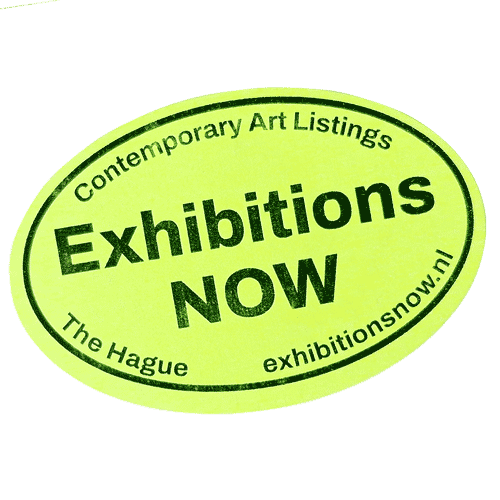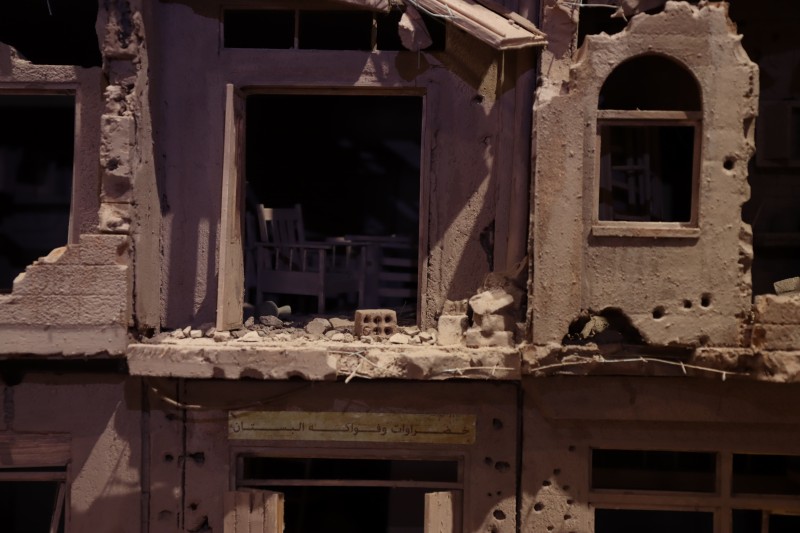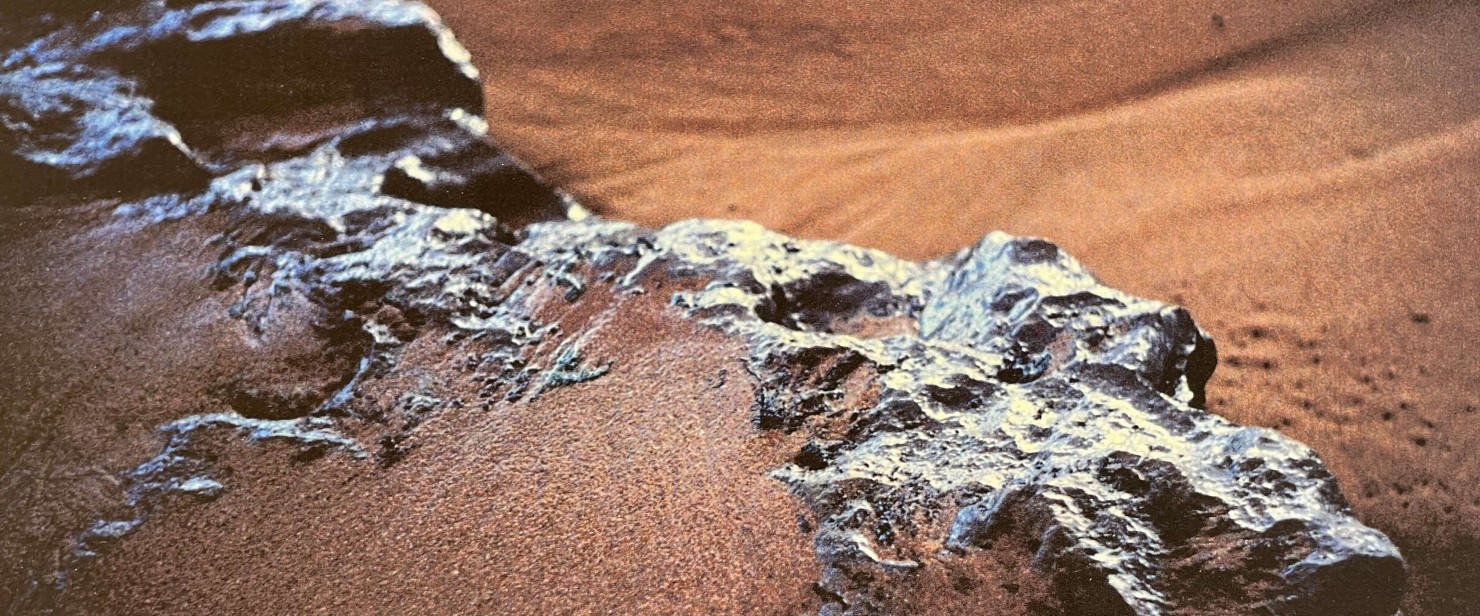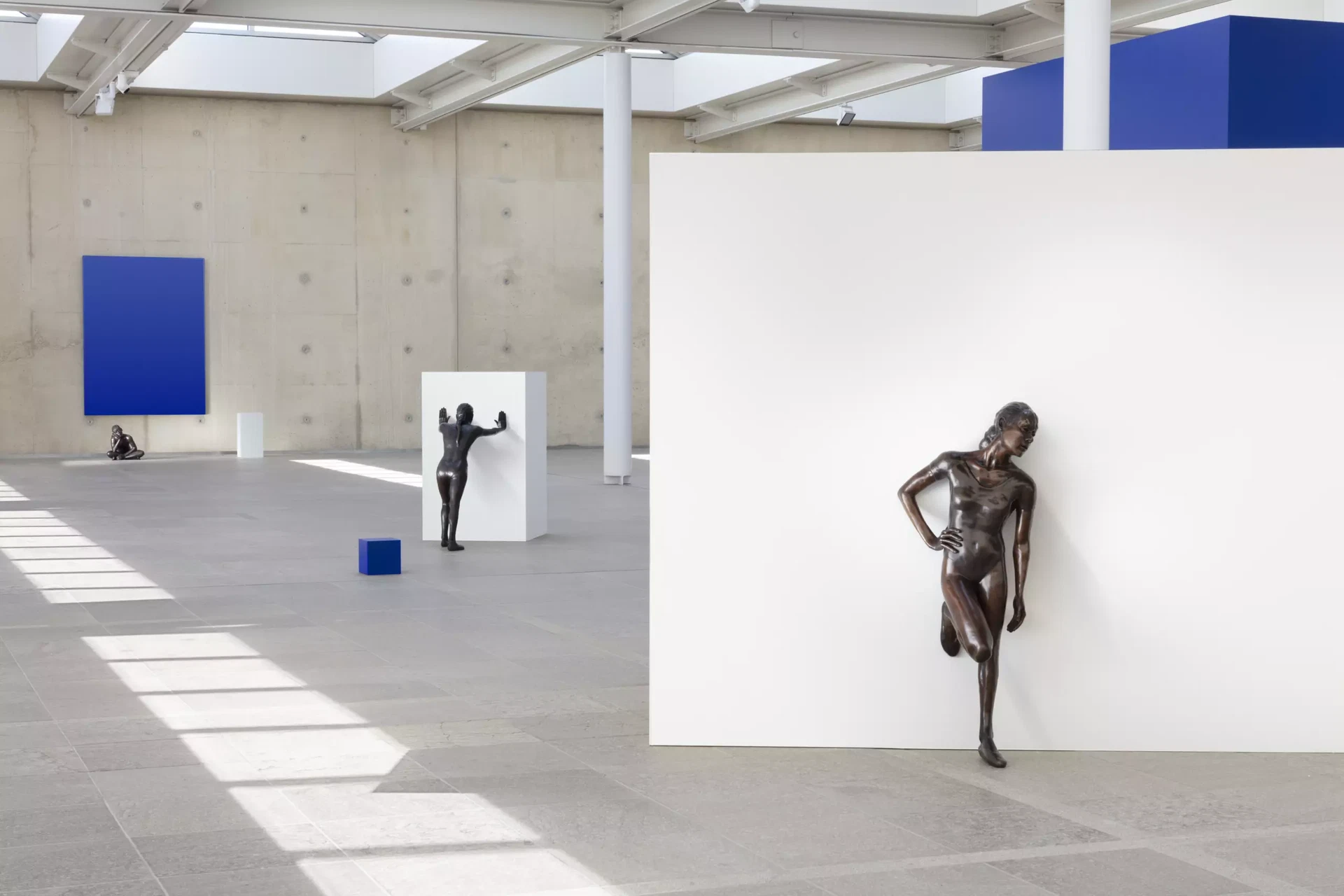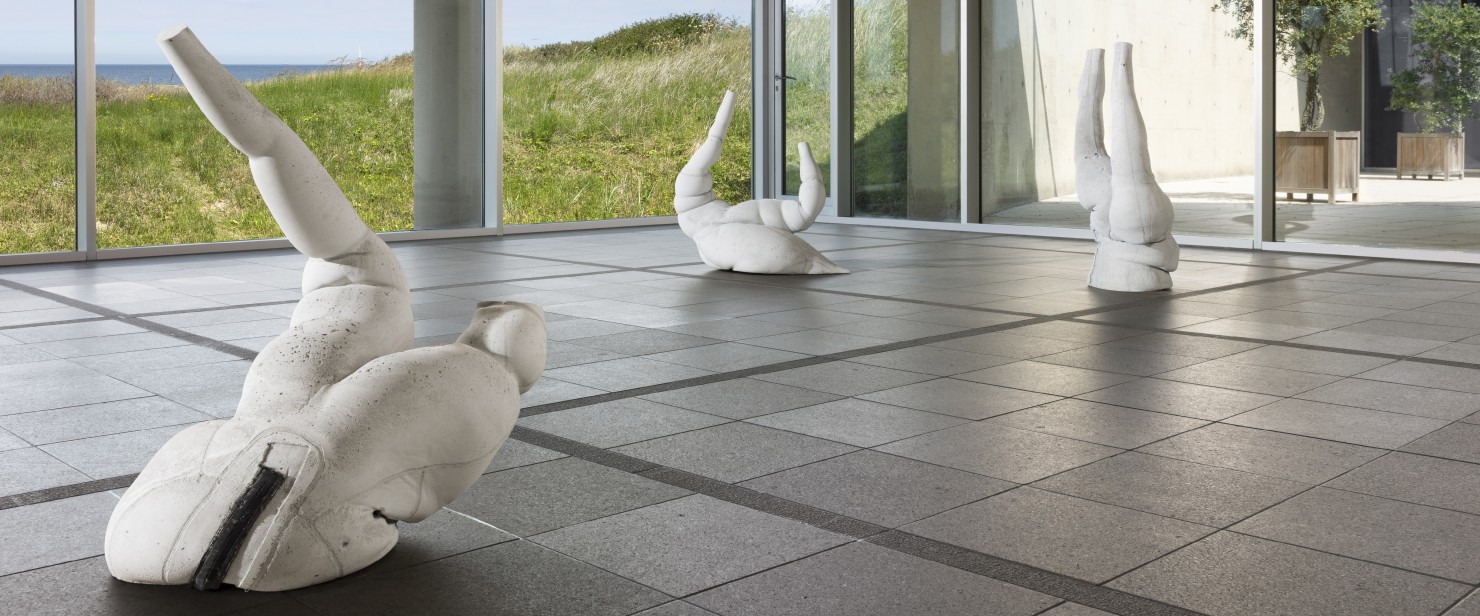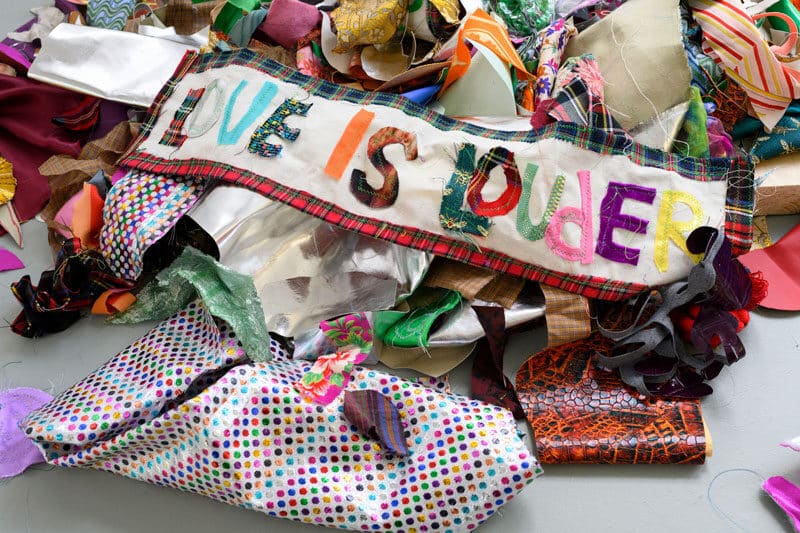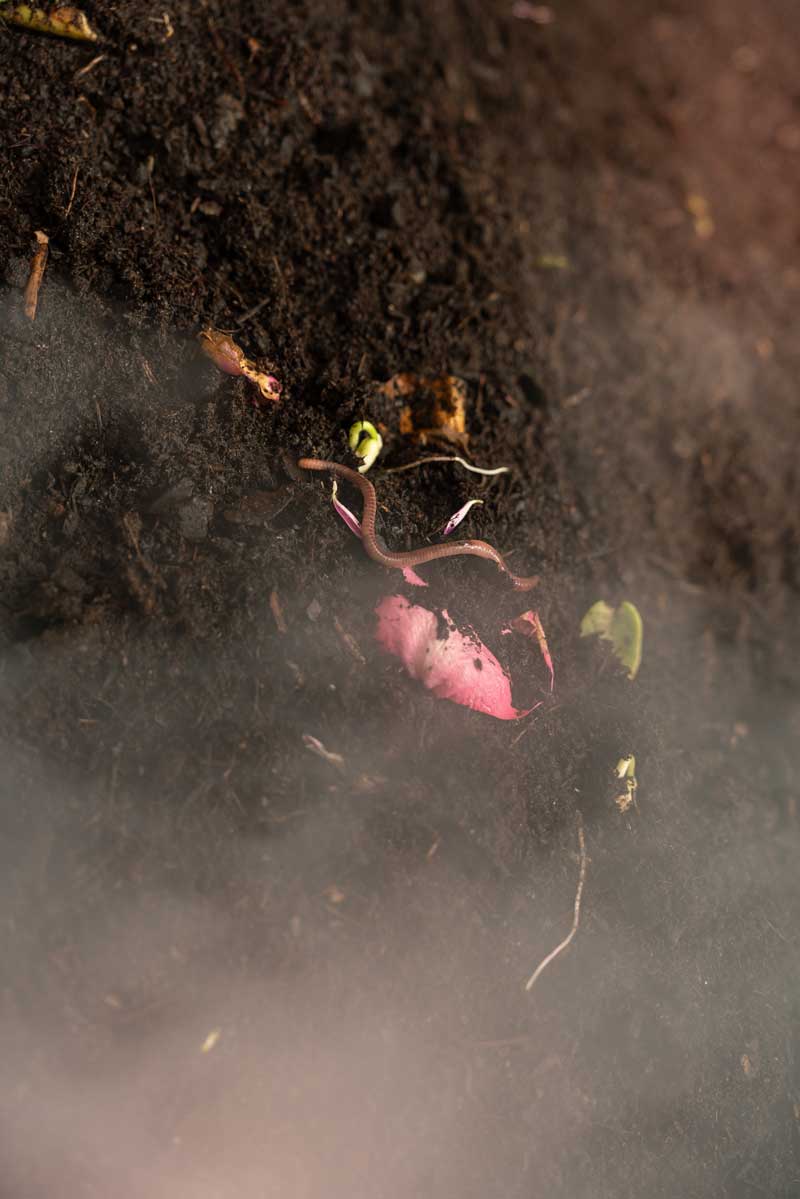To celebrate “splashdown tender”, afra eisma’s new artist book published by Page Not Found, the artist has conceived a solo exhibition titled “soft conversations“. Through a deconstructed studio setting, eisma invites visitors to settle into a colorful fusion of textile works. The exhibition runs from September 25 through November 2, 2025.
Building on her immersive practice, “soft conversations” takes a rare, inward turn: inviting visitors into the studio-like environment where works, sketches, and inspirations coexist without hierarchy. Here the artist opens the door to the intimate, generative world of her studio: a place where works don’t stand alone, but breathe alongside the images, objects, texts, and textures that inspire them. Visitors are invited into this inner kingdom, where the boundaries between artworks and their conditions of emergence blur.
eisma’s textile, ceramic, and embroidered works often welcome viewers with colour and tactility—offering places to sit, rest, and touch. Yet this softness is never neutral: it is wielded as a method of resistance. The installations encourage lingering, slowness, and exchange. They make room for vulnerability without flattening its complexity. In “soft conversations“, this method unfolds even further. To quote Page Not Found’s artistic director Ola Vasiljeva: “This exhibition is less about presenting discrete works than about extending an invitation: to enter a zone where artistic processes are not hidden away but remain visible, entangled, gestating.”
afra eisma (b. 1993) works in The Hague and Amsterdam (NL). Eisma creates immersive interactive installations with large scale tapestries and colorful ceramics. Using bright colors and playful approaches to engage with darker emotions and experiences is a recurring method. Garments veil activist slogans, a stomach becomes a container for rumblings, large scale tapestries invite you to sit and rest on, feel and cuddle and gently engage. Eisma creates room for anger, ambiguity and reflection. Alongside Eisma’s artistic practice, the artist is involved in various activist initiatives. Recent solo exhibitions include: ICA San Diego, San Diego, US (2025); The Tetley, Leeds, UK (2023); Fries Museum, Leeuwarden, NL (2021); 1646, Den Haag, NL (2020). And group exhibitions include: Kunstmuseum, Den Haag, NL (2025); Kiran Nadar Museum of Art, Delhi, IN (2023); Fundació Joan Miró, Barcelona, SP (2023); Dhaka Art Summit, Dhaka, BD (2023).
This project is made possible with support from the Mondriaan Fund and the Municipality of The Hague.
Image: a detail from afra eisma’s solo exhibition “soft conversations”. Photo by Iliana Michali, courtesy of afra eisma and Page Not Found.
